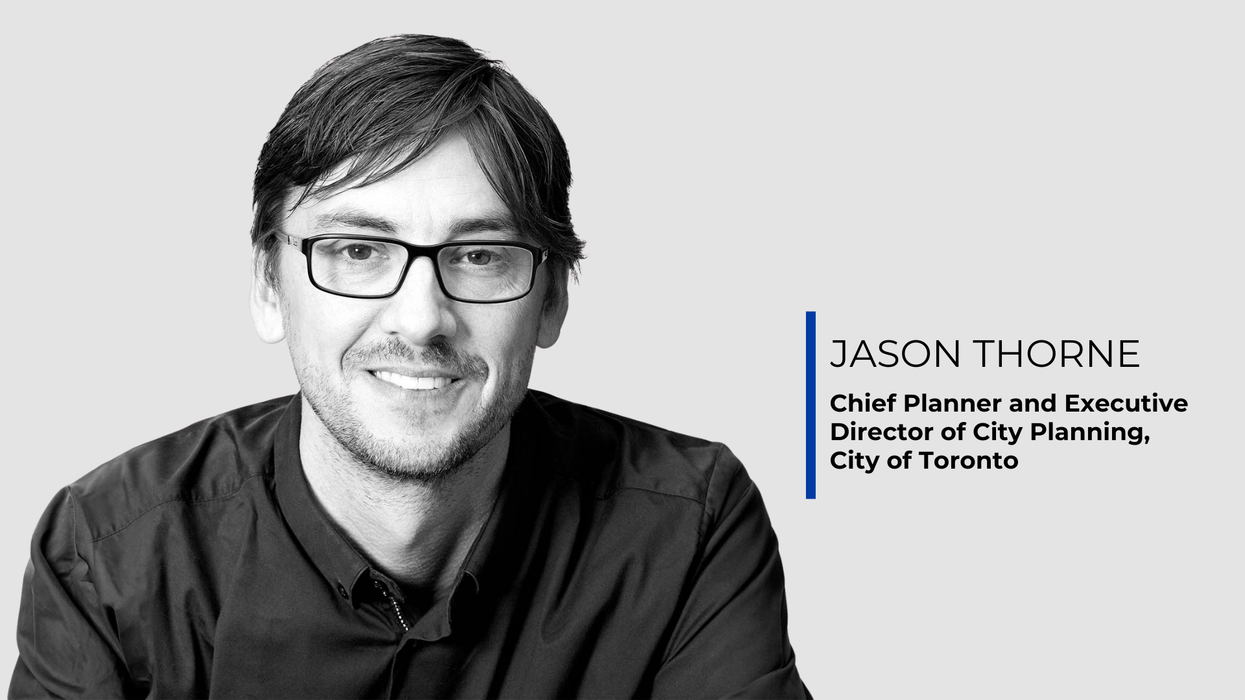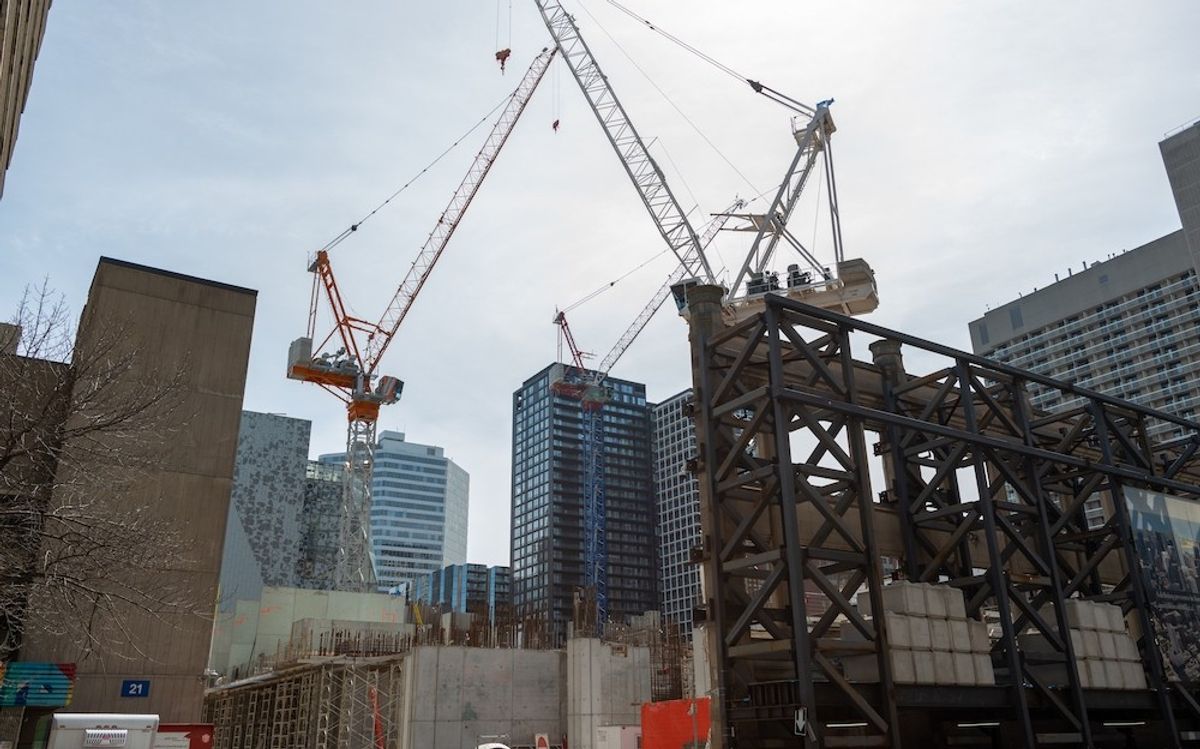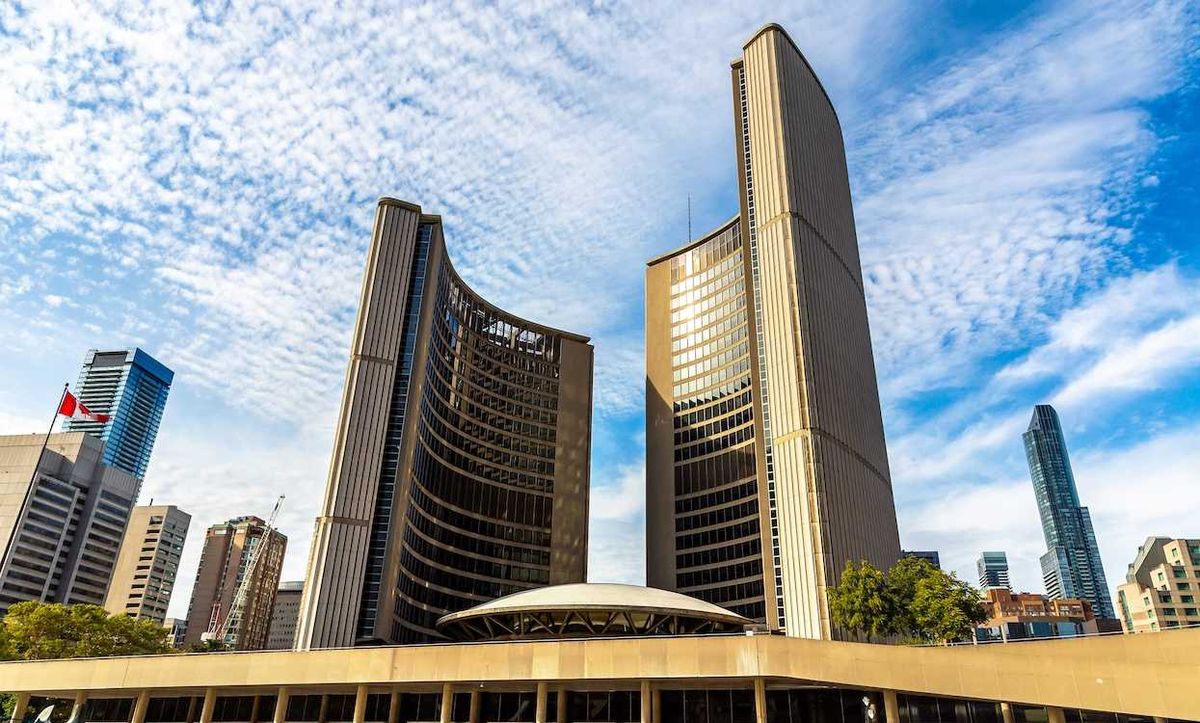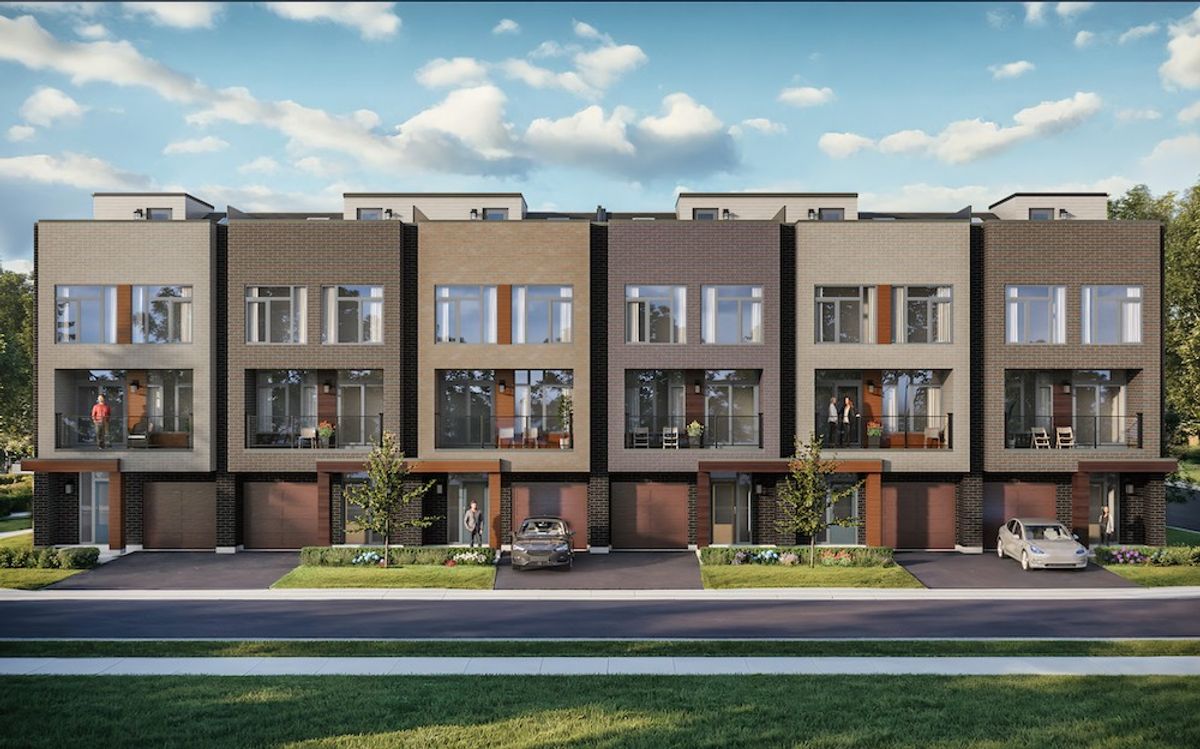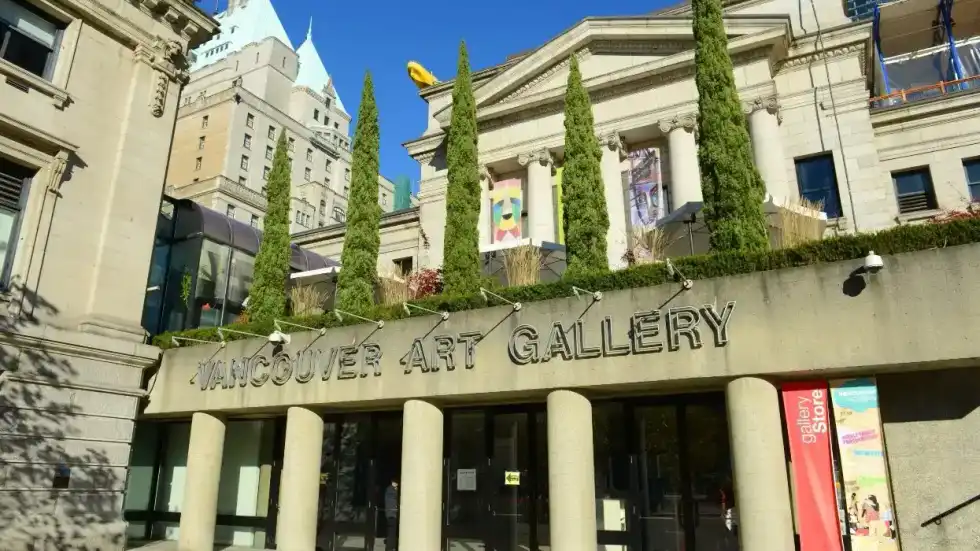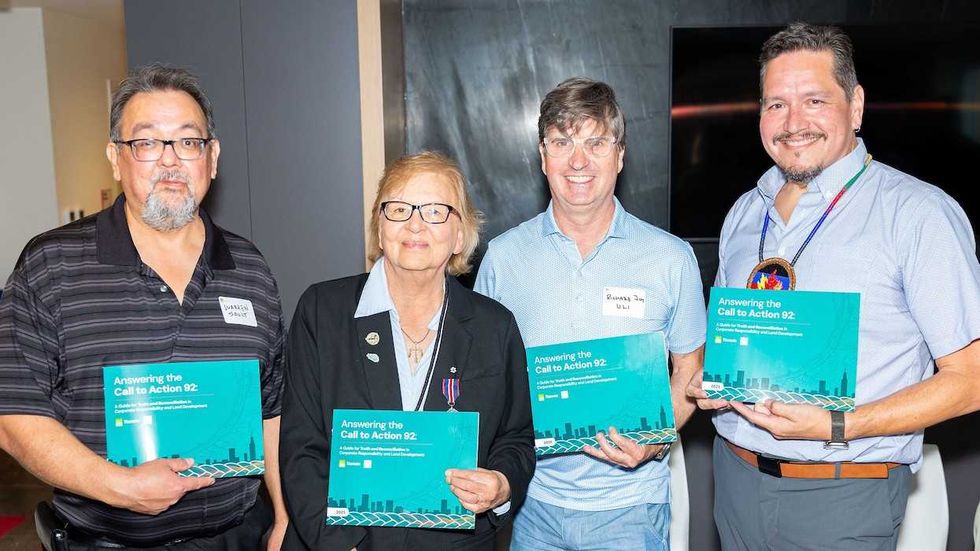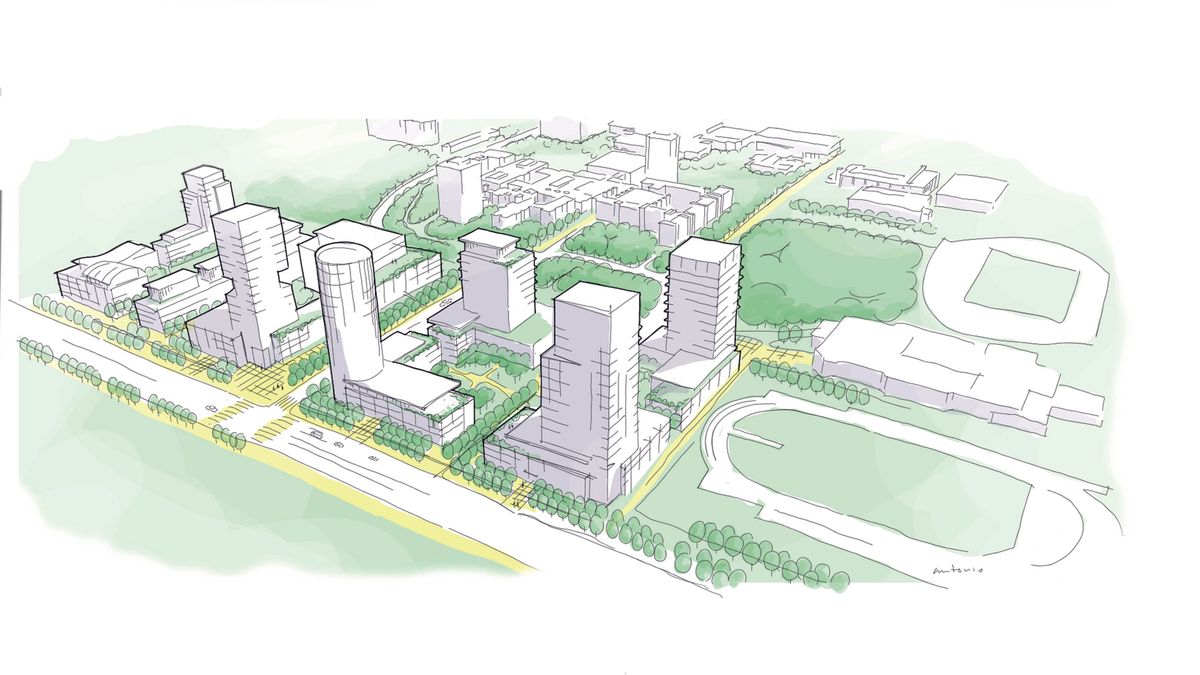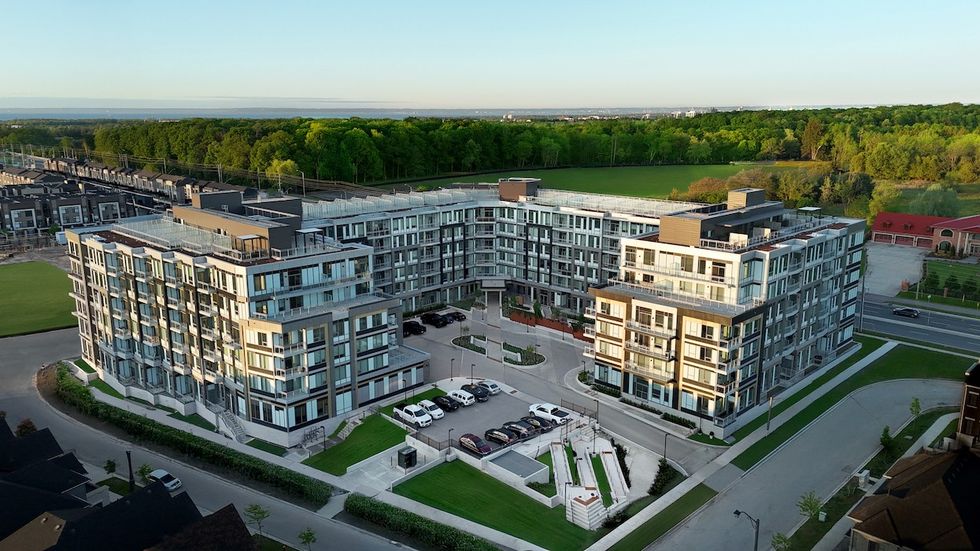It’s been a rousing month and a half for Toronto’s new Chief Planner Jason Thorne, who stepped into the role in January and hit the ground running with budget deliberations, which wrapped up just last week. “I went through ten budgets with the City of Hamilton,” he shares, “so I know it's a pretty significant decision that Council has to make every year.”
That’s ten budgets over ten years as Hamilton’s General Manager of the Planning and Economic Development Department, which should tell you something about Thorne’s commitment to public service and city building. So should the fact that his most recent stint in the private sector — he was the National Urban Places Sector Lead at Stantec — didn't quell his desire to return to municipal planning. Thorne has also worked for Metrolinx as Director of Policy and Planning and the Ministry of Public Infrastructure Renewal as Senior Associate and Manager (amongst more).
As for what’s attracted him to Toronto’s planning division at this point in time, Thorne credits the city for having “some of the most interesting and innovative planning work in the country” underway. He points to the multi-phase Downsview West District project as an example, where transit-oriented development is being rolled out in an unprecedented and utterly transformative way.
“There are some big moves that Toronto has been talking about for a very, very long time that are actually happening right now,” he adds. “Look at the development that’s happening on the waterfront, the transformation of the Port Lands… I worked for a community group in the ‘90s that was advocating for some of that work to happen, and now it’s actually shovels in the ground.”
One takeaway from that anecdote is that growth in a city like Toronto can be achingly slow, but Thorne’s focus is on the fact that the thirst for transformation runs deep, and change is already coming down the pike.
“The transit investment happening right now in the city is the most... we've seen in a couple of generations. And right now, we’re living through the construction phase of those investments, but very soon we're going to be enjoying the fruits of those labours, and we're going to be able to see the impact that new transit service has on the city,” he says.
“Cities don't evolve overnight, and so it does take some patience as a chief planner” he adds. “It takes trying to think several moves ahead in terms of where you want to be 20 years from now, and the key steps and conditions you need to put in place right now to get there.”
Now that budget season has settled down, Thorne is ready to pour his attention to other priorities. He seems unfettered — encouraged, even — by the intensely challenging landscape that is today’s Toronto, and up to the task of continuing the work of his peer and predecessor Gregg Lintern, a staunch advocate for gentle density and inclusionary zoning.
In that vein, Thorne has already been involved with the Ward 23 Multiplex Study, which was approved by City Council on February 5 and extends five- and six-unit multiplex permissions to Scarborough North. A report from his division speaks to a “city-wide sixplex study” to be delivered to Toronto City Council by the fourth quarter of this year, however, Thorne’s intention is to accelerate that work and bring forward that report this summer.
That same February 5 meeting saw Council green-light the first comprehensive update to the city’s Avenues polices in 20 years, a move that has added 283 kilometres of new avenues to the urban structure of Toronto.
“[We’re] starting to create the framework for what the next couple decades of growth and development are going to look like in the city,” says Thorne. “We still have more work to do — we now have to look at all those avenues and determine the appropriate land use permissions for them — but that was a pretty big step.”
These are some of the changes that Thorne believes will set the stage for bigger, more meaningful change. More missing middle mixed into the housing landscape, for example, which is something he’s keen to throw his support behind.
“There's some really interesting work being done out there in the city right now, and new companies and new builders who are sort of carving out a place for themselves in that space,” he says. “I’ve met with a few of them and [there are] just some fascinating stories of people who have literally started companies and started businesses around the missing middle, because it is now something that you can do, and that you can do successfully.”
“And so, yes, it's about housing, but there's also a really strong economic development aspect to what we're doing here, creating opportunities for entrepreneurship,” Thorne adds.
A week before his retirement, Toronto’s former Chief Planner Gregg Lintern offered some advice for his successor in an interview with STOREYS. He spoke to the importance of being collaborative, values-driven, empathetic, and humble. It's early days, but Thorne does seem to fit that bill.
“City building is a team sport, and you’ve got to learn to work with other leaders inside city hall — so the people who build the parks, who build the libraries and the roads and the transit,” he says. “And with community leaders. A lot of the really exciting things that happened while I was in Hamilton... many of them were actually led by people in the community, and a lot of the role that I played at the City was [finding] ways to help them. I think it's important to understand that aspect of what the chief planner’s role is.”
